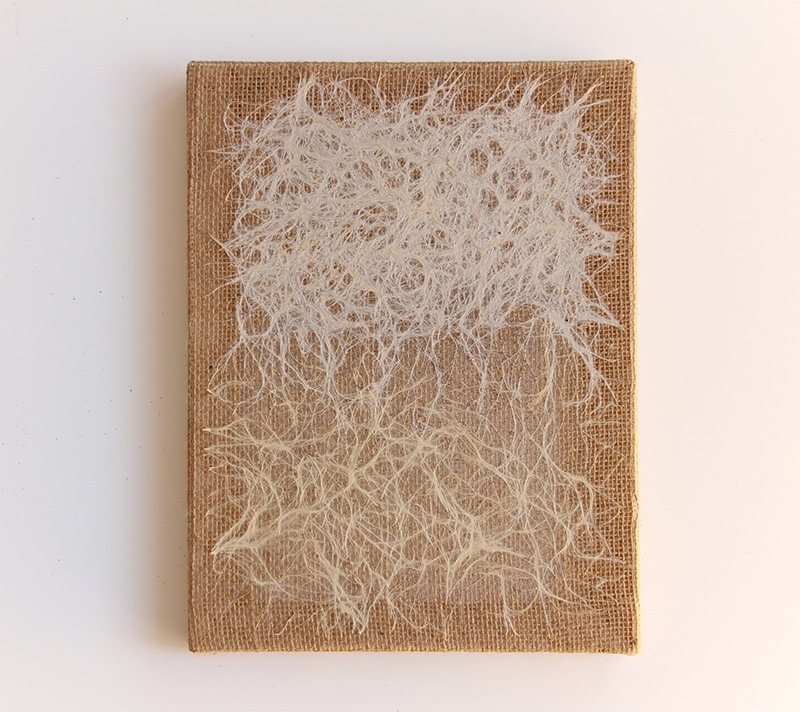![Roots on canvas, 4 x 30 x 30 cm (9 pieces) Roots on canvas, 4 x 30 x 30 cm (9 pieces)]()
Roots on canvas, 4 x 30 x 30 cm (9 pieces)
![Roots on canvas, 4 x 30 x 30 cm (9 pieces) Roots on canvas, 4 x 30 x 30 cm (9 pieces)]()
Roots on canvas, 4 x 30 x 30 cm (9 pieces)
![Roots on canvas), 4 x 30 x 30 cm, chia / canary grass / turnip / buckwheat Roots on canvas), 4 x 30 x 30 cm, chia / canary grass / turnip / buckwheat]()
Roots on canvas), 4 x 30 x 30 cm, chia / canary grass / turnip / buckwheat
![Root prints (roots in different types of earth) Root prints (roots in different types of earth)]()
Root prints (roots in different types of earth)
![Root print (buckwheat roots in fleece) 50 x 60 x 1 cm Root print (buckwheat roots in fleece) 50 x 60 x 1 cm]()
Root print (buckwheat roots in fleece) 50 x 60 x 1 cm
![Root Print (yellow mustard roots / oats) Root Print (yellow mustard roots / oats)]()
Root Print (yellow mustard roots / oats)
![Root Print (yellow mustard roots), (growth 45 degrees), 50 x 50 x 4 cm Root Print (yellow mustard roots), (growth 45 degrees), 50 x 50 x 4 cm]()
Root Print (yellow mustard roots), (growth 45 degrees), 50 x 50 x 4 cm
![Root Prints (on charcoal and on Iron Oxide) Root Prints (on charcoal and on Iron Oxide)]()
Root Prints (on charcoal and on Iron Oxide)
![Root Prints (wheat roots),, 50 x 50 x 4 cm each. natural jute / ijzervitrool (green) Root Prints (wheat roots),, 50 x 50 x 4 cm each. natural jute / ijzervitrool (green)]()
Root Prints (wheat roots),, 50 x 50 x 4 cm each. natural jute / ijzervitrool (green)
![50 x 50 x 4 cm tarwe (wheat) on jutte (with ferrous ground) 50 x 50 x 4 cm tarwe (wheat) on jutte (with ferrous ground)]()
50 x 50 x 4 cm tarwe (wheat) on jutte (with ferrous ground)
![50 x 50 x 4 cm 50 x 50 x 4 cm]()
50 x 50 x 4 cm
![50 x 50 x 4 cm 50 x 50 x 4 cm]()
50 x 50 x 4 cm
![50 x 50 x 4 cm bladrammenas (fodder radish) on jutte (with ferrous ground) 50 x 50 x 4 cm bladrammenas (fodder radish) on jutte (with ferrous ground)]()
50 x 50 x 4 cm bladrammenas (fodder radish) on jutte (with ferrous ground)
How do roots of plants grasp and mingle with each other? Which strategy does the plant use in its search for a stronger grip as well as water? The underground texture reveals the traces of this search.
Flat surfaces are covered with a thin layer of prepared earth which is sown with seeds. After several weeks the surface is overturned and the root structure becomes visible.













